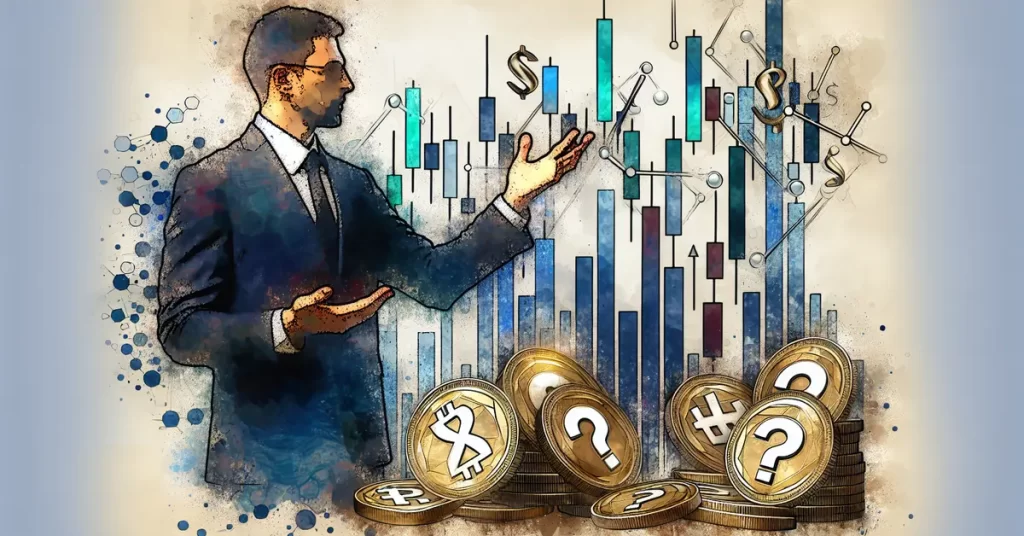U.S. economy sees little growth in the first quarter of 2024
The U.S. economy posted a modest growth rate of just 1.6 percent in the first quarter of 2024. This rate is notably less than what was projected by analysts, who had expected a growth rate of 2.5 percent. It’s a sharp drop from the previous quarter’s revised growth rate of 3.4 percent, according to the Bureau of Economic Analysis.
Economic Growth and Investor Reactions
Despite a generally strong economic performance in recent times, the lesser growth has caught investors off guard, disrupting the anticipated reductions in interest rates. This unexpected turn has also supported the dollar’s strength but adversely affected global stock markets. The robust job market in the U.S. and high consumer spending continue, yet they bring along heightened concerns that inflation may remain above the Federal Reserve’s target of 2 percent for a longer period.

The political scene is buzzing too, with President Joe Biden banking on the economic resilience to edge past his Republican adversary, Donald Trump, in the upcoming November elections. Despite these political hopes, borrowing costs are peaking at a 23-year high, causing traders to scale back their predictions on the frequency of rate cuts by the Fed this year due to the stubbornness of inflation.
Detailed Economic Indicators and Trends
On April 25, 2024, an “advance” estimate showed that the real Gross Domestic Product (GDP) had increased at an annual rate of 1.6 percent in the first quarter. This was primarily driven by boosts in consumer spending and housing investments, although dampened slightly by a reduction in inventory investments. Furthermore, imports, which detract from GDP calculations, saw an increase.
Consumer spending saw mixed results; while spending on services like healthcare and financial services rose, spending on goods such as motor vehicles and energy-related products fell. On the housing front, investments were buoyed by brokers’ commissions and construction of new single-family homes. Conversely, inventory investments in wholesale trade and manufacturing took a downturn.
Compared to the fourth quarter of the previous year, the slowdown in GDP growth during the first quarter was largely due to reduced consumer spending, exports, and decreased spending by state and local governments, alongside a reduction in federal government expenditures. These factors were partially offset by a marked increase in housing investment and an uptick in imports.
Price indices also reflected big changes. The prices for domestic purchases by U.S. residents rose by 3.1 percent in the first quarter, following a 1.9 percent increase in the previous quarter. When excluding food and energy, these prices saw a rise of 3.2 percent, up from 2.1 percent.
As for personal consumption expenditures (PCE), prices increased by 3.4 percent, outpacing the previous quarter’s 1.8 percent rise. The core PCE price index, which excludes food and energy, climbed to 3.7 percent from 2.0 percent.
In terms of personal income and savings, real disposable personal income (DPI)—which adjusts for taxes and inflation—rose by 1.1 percent after a 2.0 percent increase in the previous quarter. The current-dollar DPI saw a 4.5 percent rise, primarily reflecting increases in compensation and government social benefits, though these were somewhat countered by a rise in personal current taxes. Personal saving, as a percentage of DPI, was recorded at 3.6 percent, a slight decrease from 4.0 percent in the preceding quarter.






